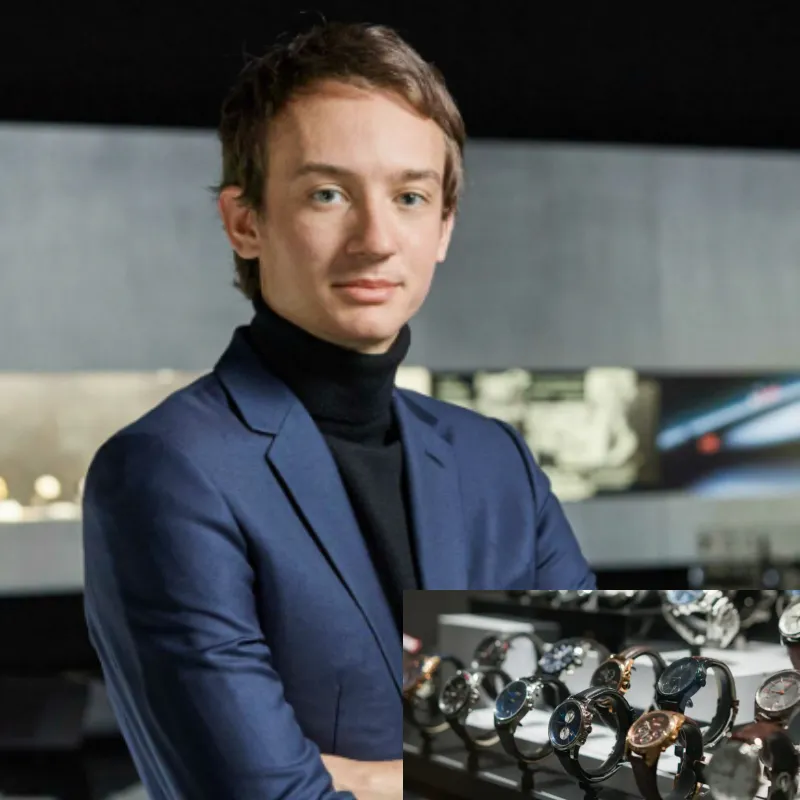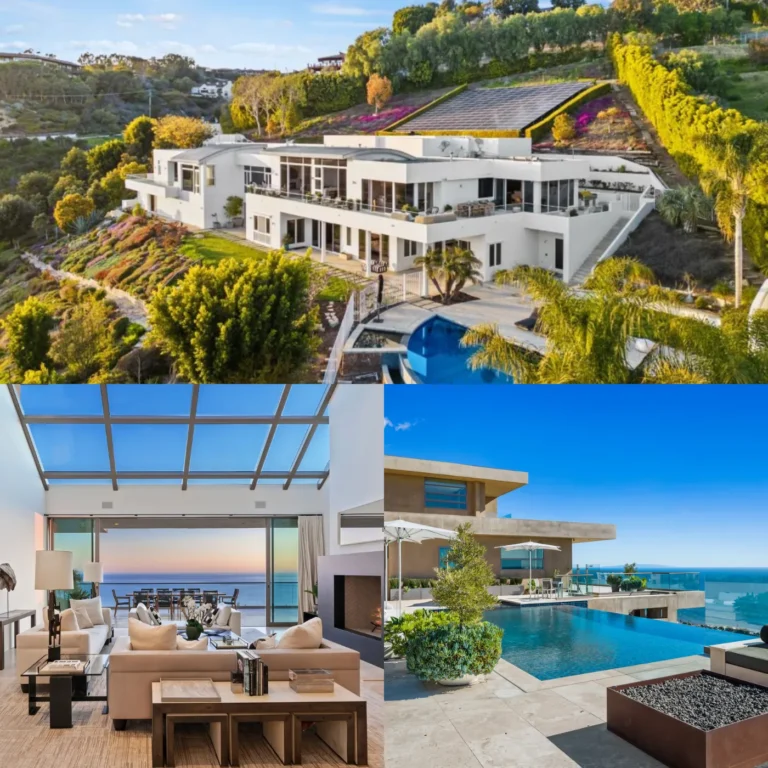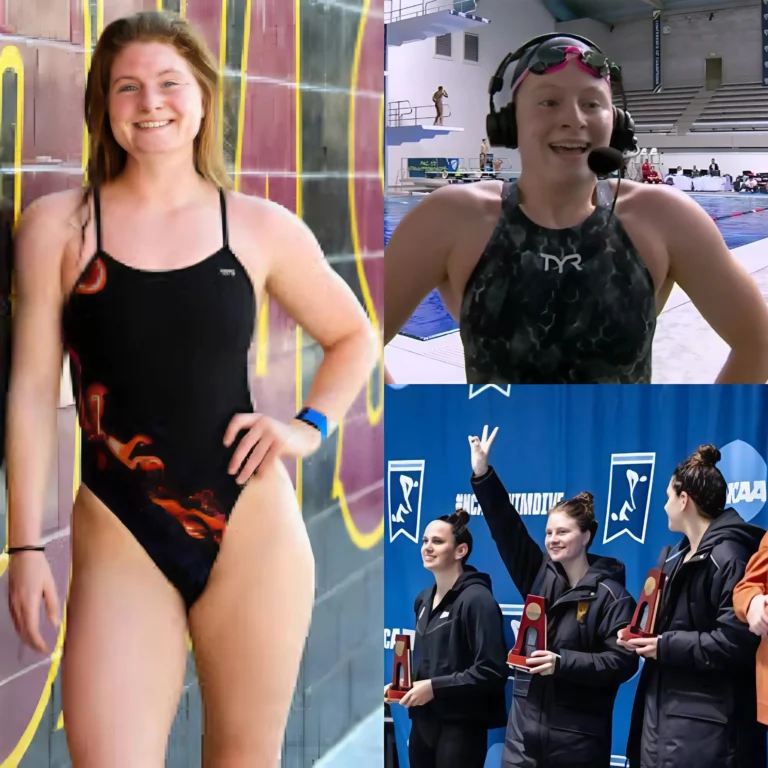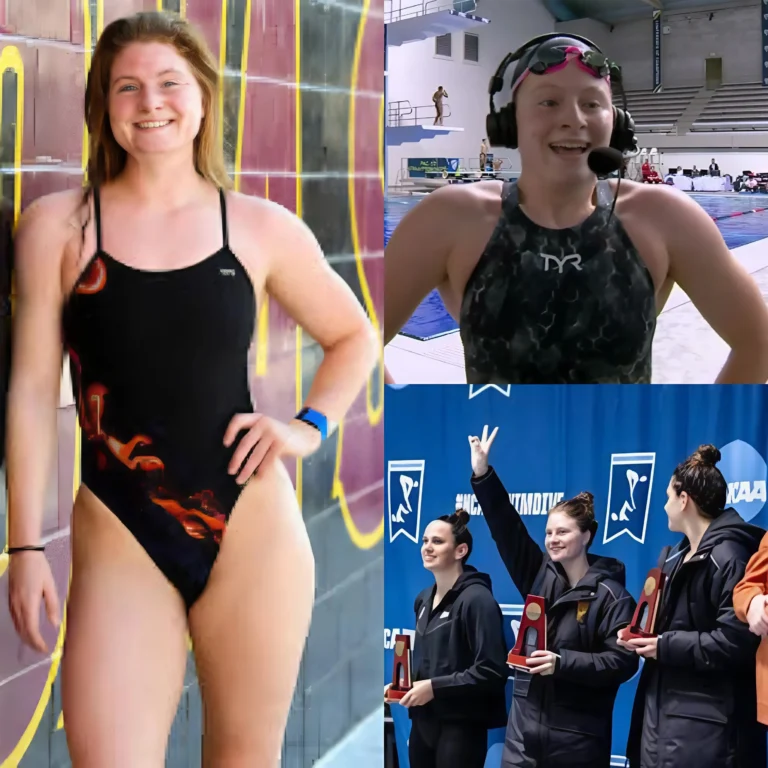
Frédéric Arnault, the 28-year-old CEO of TAG Heuer, aims to make luxury watches more accessible, mirroring the approach of his father, Bernard Arnault, the world’s richest person.
The LVMH luxury empire thrives on being composed of brands with annual revenues exceeding 1 billion USD. Frédéric Arnault, who is the third son of LVMH owner Bernard Arnault and CEO of the Swiss watch brand TAG Heuer, has stated that his brand is also preparing to join this exclusive club.
Building billion-dollar luxury brands has long been a strategy of Bernard Arnault, which has turned LVMH into Europe’s most valuable company, with a market cap of 500 billion USD. To achieve this, the strategy involves expanding the customer base, including reaching the middle-class market, while maintaining the brand’s exclusivity.
Frédéric Arnault has adopted his father’s strategy. His task is to find the delicate balance between offering limited editions, such as the $500,000 Carrera Plasma, while also selling entry-level watches like the Formula One, which starts at $1,450. The lower-priced models attract ambitious young customers, who are likely to upgrade to more expensive products as they age and their incomes increase.
“For many, we are the first luxury watch they own,” Arnault said.

Tight Control Over Stores and Customer Experience
To strengthen relationships with customers, LVMH brands closely control their own stores, which is a unique approach in the luxury sector. While many luxury brands rely on department stores or other retailers to reach new customers, LVMH keeps tight control over its own retail spaces, allowing them to create the desired customer experience, including pricing and product displays.
“I travel a lot. I oversee every store we build worldwide. I even meet all the landlords,” he said.
Expansion into China and Global Strategy
China is a key market for TAG Heuer, though it currently accounts for less than 10% of sales, lagging behind competitors. Arnault aims to open at least five new stores per year in China.
Although opening new stores incurs high real estate costs, TAG Heuer benefits from being part of the world’s largest luxury group. The presence of a Louis Vuitton or Dior store in a new mall can significantly impact whether it succeeds or fails. LVMH frequently uses its largest brands to secure prime real estate for its smaller labels.
“We leverage the group’s advantages to secure prime locations in top malls around the world. We’ve done this everywhere from the U.S., Europe, the Middle East, to Asia,” Arnault stated.

Marketing and Advertising
LVMH also employs a similar group strategy when it comes to advertising. The company purchases joint advertising space for all its brands, allowing them to negotiate discounts with top magazines globally.
Nicholas Biebuyck, a director at TAG Heuer, mentioned that having a member of the Arnault family in charge of the brand is a double-edged sword. “It opens a few doors, providing us with more resources. But it also casts a shadow over our achievements,” he said.
The Future of TAG Heuer Under Frédéric Arnault
Frédéric is one of five children of Bernard Arnault, all of whom are considered potential successors to the LVMH empire. At the age of 12, Frédéric received his first TAG Heuer watch as a gift from his father. He studied at the prestigious École Polytechnique in Paris, like his father, and later co-founded a payment startup before joining TAG Heuer as Chief Technology Officer in 2017. Three years later, at the age of 25, he became CEO.
“Age doesn’t matter,” said Stéphane Bianchi, CEO of LVMH’s jewelry and watch division. “I’ve watched him grow into a talented leader.”






